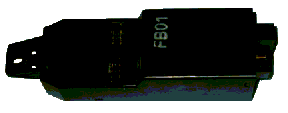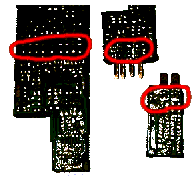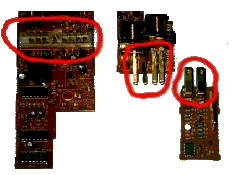





| | |------upper left wire should be brown
| ________ | ''|=='''
|--- | | ---| | - - | This is supposed to look like
| o | | 13B | | o | |'-''-'| the plug you disconnect from the
|-#- | | ---| sensor.
| \ |______| | Take the upper left wire, brown
| boost sensor | with black stripe, ground it to
|___________________| the radiator filler neck.
front of car
EDITOR's NOTE: This fix is NOT guaranteed, it seems to have about a
50% chance of solving your problem. It does NOT work on my 1987 Sport,
but others have had success with it. I personally do not think this is
the cause of the problem. I believe, partially because it worsens in low
temperatures, that it has to do with wear on one or more other
components, or a programming error in the engine management computer.
I happen to know of one 1987 GXL of a newer build date than mine which
does not suffer from this problem. I believe that the problem may be
caused by progressive failure of the exhaust system. I think that as
the exhaust gets older and the front cats start to disintegrate into
the main cat backpressure increases, causing the ports to open early or
late. When I replaced the cats on my car with a downpipe and presilencer
from MazdaTrix the problem promptly vanished.
Visitor